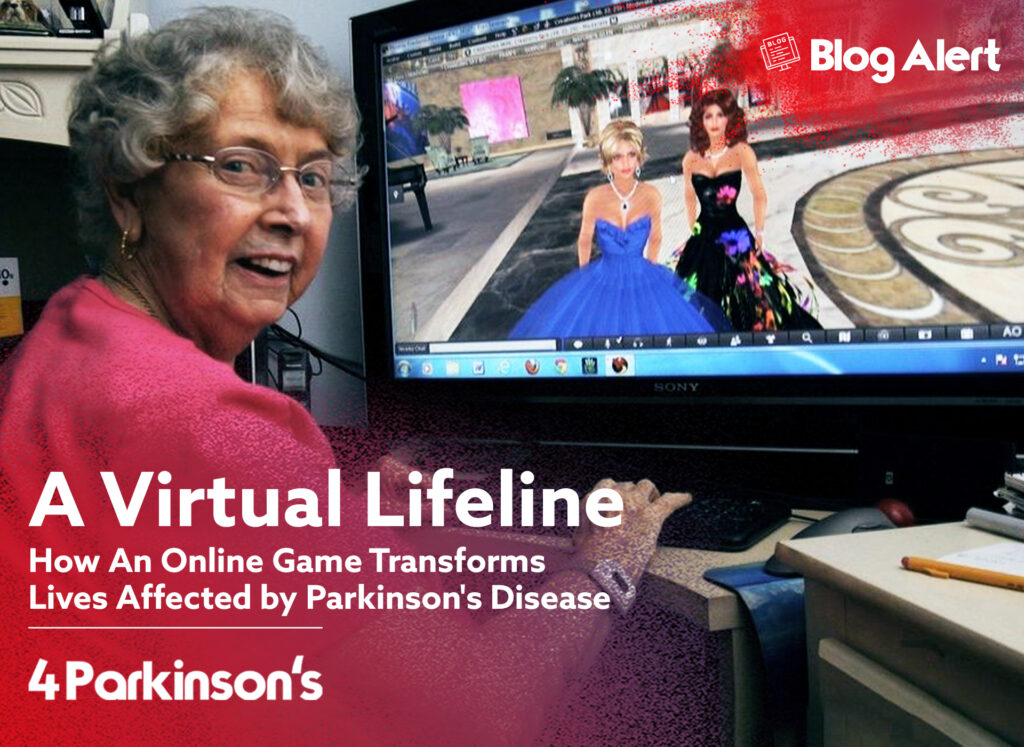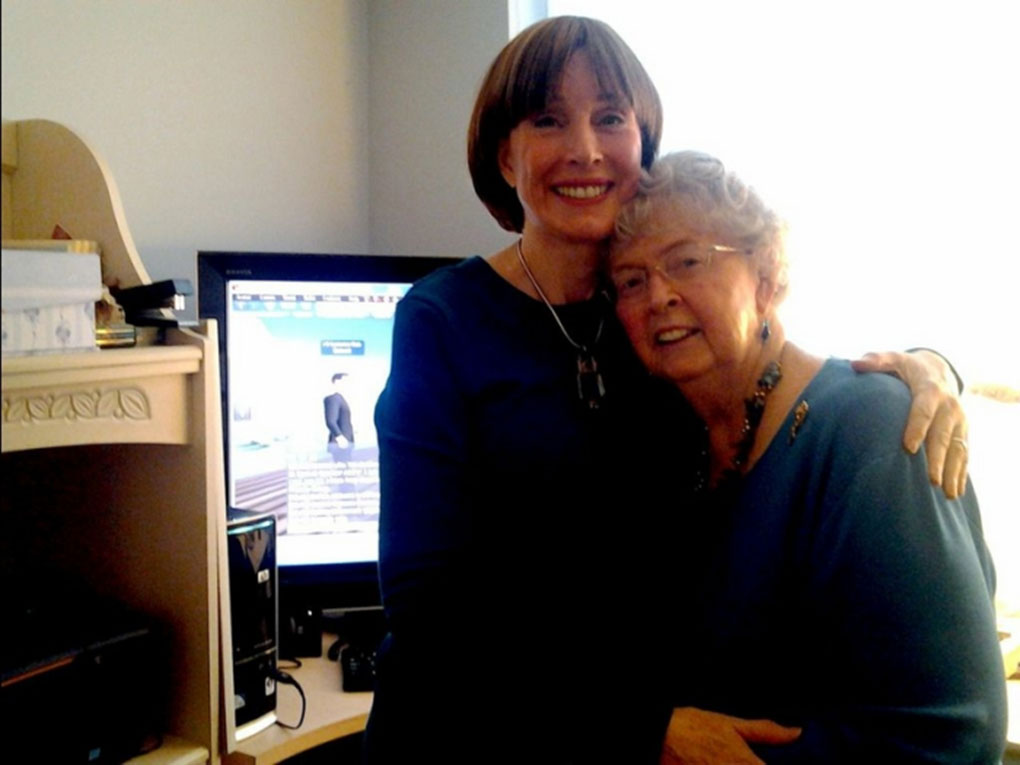
If you're seeking an extraordinary and uplifting story from the virtual realm, look no further than the captivating documentary machinima series, The Drax Files: World Makers, by Draxtor Despres. In its 13th episode, machinima artist Draxtor Despres introduces us to Fran Seranade, a four-year resident of Second Life who explores, socialises with friends, and enjoys the fantasy of a virtual world, mostly in the environment created by her daughter, Barbi Alchemy. Together with her real-life daughter, they have forged a virtual haven where Fran and others can engage in activities that might otherwise be beyond their physical grasp. Their virtual adventures have significantly improved Fran's overall well-being and quality of life.

"My avatar represents how I truly feel inside," declares Fran Serenade, an inspiring 86-year-old individual defying the limitations of Parkinson's Disease. With unwavering grace, she effortlessly guides her stunning digital alter ego—a blond, blue-eyed beauty—through the enchanting universe of Second Life. In one moment, she becomes a mermaid; in another, she glides across an ice rink with friends in a winter wonderland.
The impact of Fran's virtual adventures on her physical well-being is under her doctor’s watchful eye. Though further research is needed to draw definitive conclusions, the sheer exhilaration of engaging in activities like horseback riding and boating within Second Life hints at the involvement of mirror neurons.
By identifying with her avatar and immersing herself in the on-screen action, Fran experiences a remarkable reduction in muscle rigidity and increased dopamine production—a potential source of immense hope.
"Second Life just might be the fountain of youth," Fran proclaims, her smile radiating optimism. Fueling this belief, her daughter spearheads the vibrant in-world community, "Creations for Parkinson's," bringing together individuals from all walks of life to celebrate the boundless power of creativity. Regardless of age, origin, or physical location, they stand united, embracing the extraordinary potential offered by this virtual realm.

Here's the Story…
After losing her husband to Parkinson's in 2003, Fran was diagnosed with the same illness the following year. As time passed, she moved from the east coast to the west coast of the United States. Then, her son Ken, who still lived in Florida on the other side of the country, suggested using Second Life to bring the family closer together. He offered to build a virtual home for them in the metaverse.
Barbara, who also lived on the west coast, initially had reservations about the idea. Like many people, she viewed Second Life as primarily a sexual playground, with a steep learning curve for those unfamiliar with virtual worlds and computer games. It was easier to criticise Second Life users than to become one of them. However, after being encouraged to try it, Barbara quickly became a convert. What amazed her even more was witnessing Fran's remarkable response to the platform, both physically and mentally.

Fran's journey has captured the attention of academic researchers like Tom Boellstorff, an anthropology professor at UC Irvine, and Donna Davis, a strategic communications professor at the University of Oregon, who now leads the group sessions at Creations.
Boellstorff has suggested that Second Life may activate Fran's "mirror neurons," which are responsible for mirroring and imitating what we observe in others. Although there is some debate regarding their classification and origin, mirror neurons are widely recognised for their role in enhancing the learning abilities of young children. In Fran's case, it is theorised that her mirror neurons are responding to her experiences in Second Life, creating new pathways that bridge the gap between her mind and body, thereby counteracting some of the effects of Parkinson's.
Numerous research studies have demonstrated that despite our avatars' stylised appearances and youthful features, our identification with them can have enduring and positive effects in various ways.
“When I look at my avatar, I feel like I’m looking at myself.”
“The avatar represents who I feel inside,” declares Fran Seranade. This response is not uncommon and can serve as a positive affirmation that, possibly due to mirror neurons once more, presents a potential "fountain of youth" for the mind. This rejuvenation can translate into tangible physical improvements in well-being, energy, happiness, and our sense of self.
Fran deeply identified with her avatar, finding joy in its physical freedom. She expressed that her avatar was a true reflection of her inner self. This strong connection and the potential activation of mirror neurons during Fran's active participation in Second Life may have significantly improved her balance and overall health. Despite her inability to walk initially, her avatar allowed her to move freely without assistance or walkers. Fran directly attributed this progress to Second Life, stating, "I knew my avatar could do it, and I knew I could too." The Fountain of Youth resided behind her beautifully large computer monitor for Fran.
Fran Serenade Has Passed Away Aged 92
Fran Serenade appeared in Episode 13: Creations for Parkinson's of the Drax Files series, created in November 2013 to raise funds for Parkinson's disease research. The episode garnered 28,469 views, and Fran received much love from the Second Life community.
On March 7th, 2019, Draxtor Despres shared a tweet announcing the news of Fran Serenade's passing in Second Life on March 3rd, 2019.
Watch the episode: The Drax Files: World Makers [Episode 13: Creations for Parkinson's].
Join our community in spreading hope and strength. Tell us your unique journey with Parkinson's to uplift and empower others.